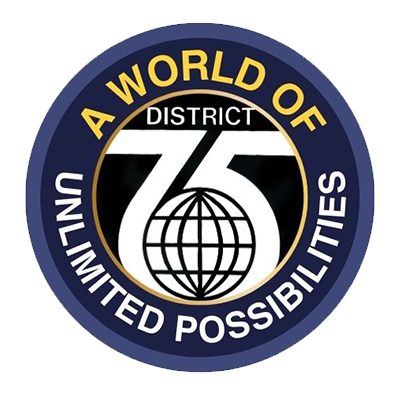Individualized Education Plan (IEP)
All students with disabilities who require special education services have an Individualized Education Plan (IEP). The IEP contains information about your child's interests, strengths, needs, goals, and educational program. It is a legal document that describes how the Department of Education (DOE) will provide a Free and Appropriate Public Education (FAPE) to your child, in the Least Restrictive Environment (LRE).
Your child meets the criteria for one or more of the 13 disability classifications as defined by the New York State Education Department’s Regulations of the Commissioner of Education: Part 200(Open external link); and The disability affects your child’s performance in school and/or ability to benefit from the general education curriculum. Disability Classifications
Students must be eligible for one of the 13 disability classifications as defined by the New York State Education Department’s Regulations of the Commissioner of Education: Part 200.
Autism
A developmental disability, mainly affecting a child’s social and communication skills. It can also impact behavior and covers a wide range of symptoms.
Deafness
A student with a hearing impairment is unable to hear most or all sounds even with a hearing aid.
Deaf-Blindness
A student with a combination of hearing and vision loss that may impact on communication and full access to the curricula. Students with deaf-blindness may require specialized services in both hearing and vision.
Emotional Disturbance
A student who exhibits one or more of the following characteristics over a long period of time and to a degree that adversely affects the student’s educational performance:
- An inability to learn that cannot be explained by intellectual, sensory, or health factors
- n inability to build or maintain satisfactory relationships with peers and teachers
- Inappropriate types of behavior or feelings under normal circumstances
- A generally pervasive mood of unhappiness or depression
- A tendency to develop physical symptoms or fears associated with personal or school problems
Hearing Impairment
A student with a hearing loss not covered by the definition of deafness. This type of hearing loss can change over time.
Intellectual Disability
A student with significantly below average intellectual ability and adaptive (life) skills. A student may also have poor communication, self-care and social skills.
Learning Disability
This is an umbrella term that covers learning challenges that impact a student’s ability to read, write, listen, speak, reason or do math.
Multiple Disabilities
A student with more than one condition that creates educational needs that cannot be met in a program designed for any one disability.
Orthopedic Impairment
An orthopedic impairment means that a student lacks function or ability in their body; for example, cerebral palsy.
Other Health Impairment
This is an umbrella term that covers conditions that limit a student’s strength, energy or alertness. One example is ADHD which impacts attention.
Speech or Language Impairment
A student with a communication disorder, such as stuttering, impaired articulation, a language impairment or a voice impairment that makes it hard for a student to understand words or express themselves.
Traumatic Brain Injury
A student with an injury to the brain caused by an accident or some kind of physical force.
Visual Impairment
A student whose visual condition impacts educational performance or access to the curricula.
More information about the Individualized Education Plan (IEP) can be found on the DOE website.












